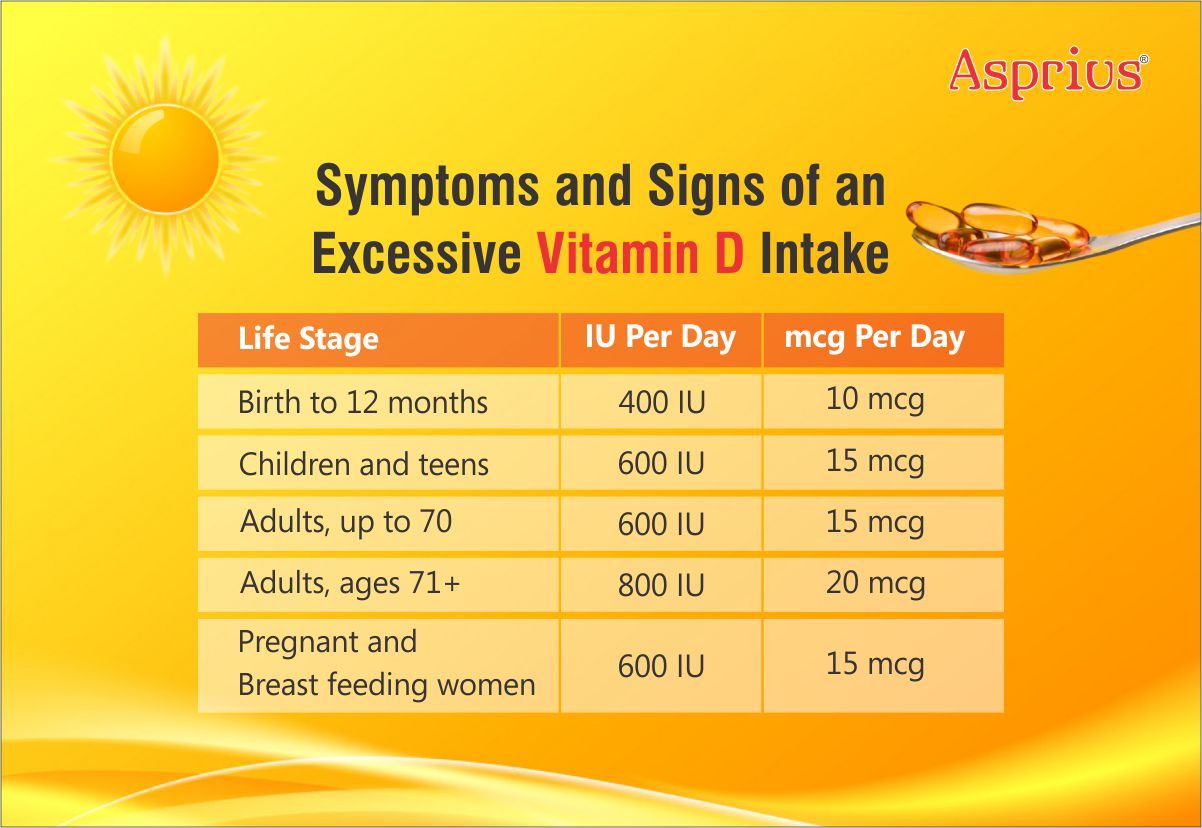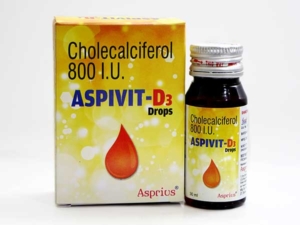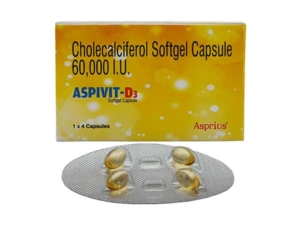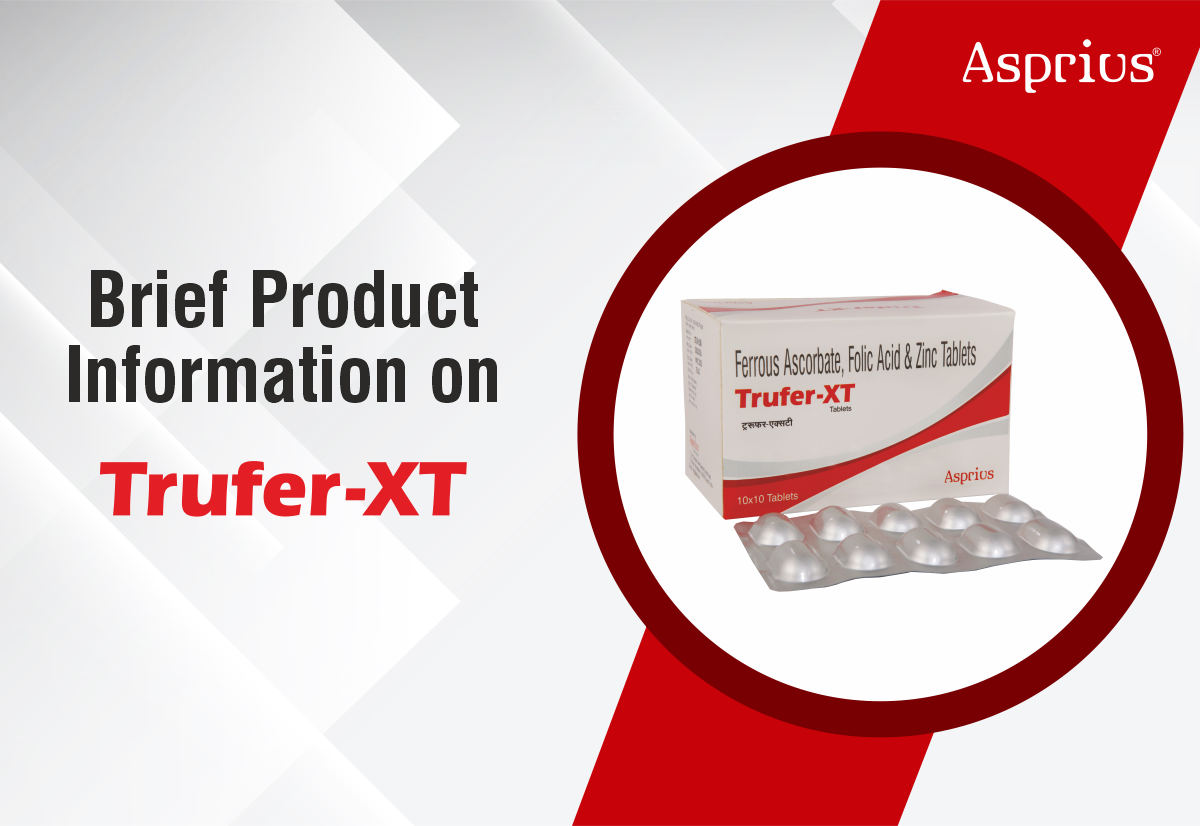
Dr. Sanjay Agrawal
Leading Pharmaceutical consultant and editor-in chief of IJMToday




What are symptoms and signs of an excessive vitamin D intake (Daily Limits Chart)?
There have never been warnings about getting too much vitamin D from the sun so many do not realize that there is such a thing as too much vitamin D. There are negative health consequences from too much vitamin D, but this can only happen with excessive doses of supplements. A Tolerable Upper Limit (UL) has been set to avoid any issues, but there is some controversy about how much is too much. A blood level above 150 ng/mL appears to be the point at which problems occur, but some suggest that levels above 120 ng/mL should be the cap. Potential problems are hypercalcemia (elevated calcium in the blood, causing weakness, confusion, constipation, loss of appetite and painful calcium deposits), hypercalciuria (excess calcium in the urine), and hyperphosphatemia (elevated phosphate levels in the blood). Over the long term, the elevated blood levels of calcium can lead to vascular and tissue calcification, with subsequent damage to the heart, blood vessels, and kidneys. Research has shown that very high doses of vitamin D can actually increase the risk of falls and fractures. A study of 2,256 community-dwelling women, aged 70 years or older, found that over five years those given very high doses of vitamin D experienced 15% more falls and 26% more fractures than those in the placebo group.
The current UL set for vitamin D supplements is as follows:
Infants | 1 to 3 years | 4 to 8 years | 9 to 18 years | 19+ years | |
IOM | 1,000-1,500 IU/day | 2,500 IU/day | 3,000 IU/day | 4,000 IU/day | 4,000 IU/day |
Endocrine Society | 2,000 IU/day | 4,000 IU/day | 4,000 IU/day | 4,000 IU/day | 10,000 IU/day |
The arguments against these upper limit levels stem from the fact that you can get 10,000-25,000 IU from exposure to the sun in one day. The IOM states that excessive sun exposure does not result in vitamin D toxicity because the sustained heat on the skin is thought to photodegrade vitamin D3 as it is being formed. Studies have shown that long-term supplementation over 10,000 IU/day can cause kidney and tissue damage, but this would only occur over a long period of time. One study reports that you would need to consume 50,000 IU/day over several months to reach toxicity blood levels. A recent study found that high-dose vitamin D supplementation (20,000-40,000 IU/week) caused a slight but significant increase in hemoglobin A1C and C-reactive protein, and a decrease in serum HDL (“good” cholesterol). The best way to avoid any issues is to take appropriate levels to correct a deficiency or insufficiency and have your blood checked after a few months and then decrease to maintenance levels once you have reached the correct level.
There is no disputing the fact that vitamin D plays many crucial roles in our well-being, and many of us have either deficient or inefficient blood levels. An affordable, convenient way to test vitamin D levels, similar to finger-sticks used for blood sugar testing, can play a vital role correcting low blood levels. Changes to our lifestyle, diet, and regular supplementation are the keys to curbing the vitamin D deficiency pandemic.




